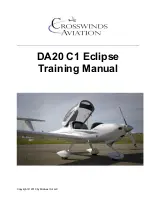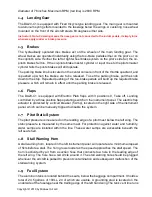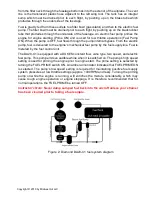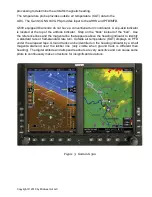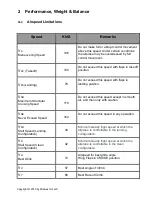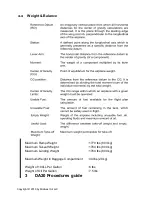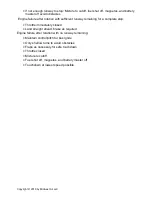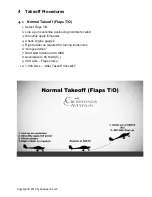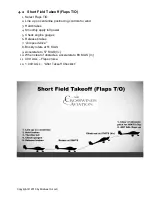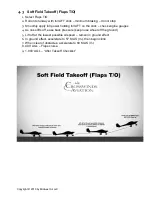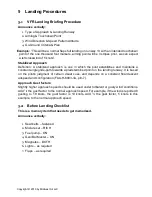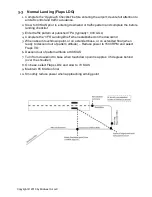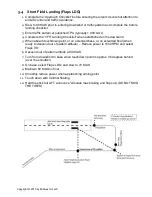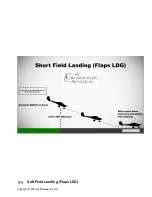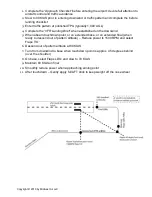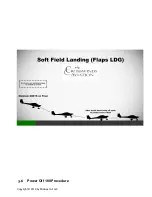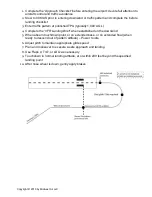
Copyright © 2019 by Midwest Air LLC
1.10
Electrical System
A 12 V battery is connected to the master bus via the battery circuit breaker (50 amps). The
40 amp alternator is attached to the engine near the propeller hub. The alternator feeds the
main bus via the generator circuit breaker (50 Amps). Both circuit breakers can be triggered
manually. The GEN warning light is activated by an internal voltage regulator monitoring
circuit and illuminates when a generator fault occurs.
The voltmeter indicates the status of the electrical bus. It consists of a dial that is marked
numerically from 8-16 volts in divisions of 2. The scale is divided into three colored arcs to
indicate the seriousness of the bus condition. These arcs are:
Red
for 8.0 - 11.0 volts
Yellow . . . . . . . for 11.0 - 12.5 volts
Green . . . . . . . . for 12.5 - 16.0
volts Redline
at 16.1 volts
The ammeter indicates the charging (+) and discharging (-) of the battery. It consists of a
dial, which is marked numerically from -60 to 60 amps. The GEN warning light (red)
illuminates during alternator failure; with no output from the generator the
only remaining
power source is the battery (20 amps for 30 minutes)
1.11
Ignition System
The engine is provided with two independent ignition systems. The two engine driven
magnetos are independent from the power supply system, and are in operation as soon as
the propeller is turning and the ignition switch is not off. This ensures safe engine operation
even in case of an electrical power failure.
1.12
Garmin G500 System
The G500 is comprised of six main components:
Primary Flight Display (PFD, left) and Multi-Function Display (MFD, right)
Attitude Heading Reference System (AHRS)
Air Data Computer
(ADC) Magnetometer
Temperature Probe
Garmin GNS 430 GPS
The PFD (left) shows primary flight information in place of traditional pitot-static and
gyroscopic instruments, and also provides an HSI for navigation.
The Attitude Heading Reference System (AHRS) contains tilt sensors, accelerometers, and
rate sensors similar to our modern cell phones to provide attitude and heading information
on the PFD.
The Air Data Computer (ADC) compiles information from the pitot-static system and an
outside air temperature sensor to provide pressure altitude, airspeed, vertical speed, and
outside air temperature on the PFD.
The magnetometer senses the earth’s magnetic field and sends data to the AHRS for
Summary of Contents for DA20 C1 Eclipse
Page 1: ...Copyright 2019 by Midwest Air LLC DA20 C1 Eclipse Training Manual...
Page 18: ...Copyright 2019 by Midwest Air LLC 5 5 Soft Field Landing Flaps LDG...
Page 20: ...Copyright 2019 by Midwest Air LLC 5 6 Power Off 180 Procedure...
Page 33: ...Copyright 2019 by Midwest Air LLC Eights On Pylons Maneuver...

